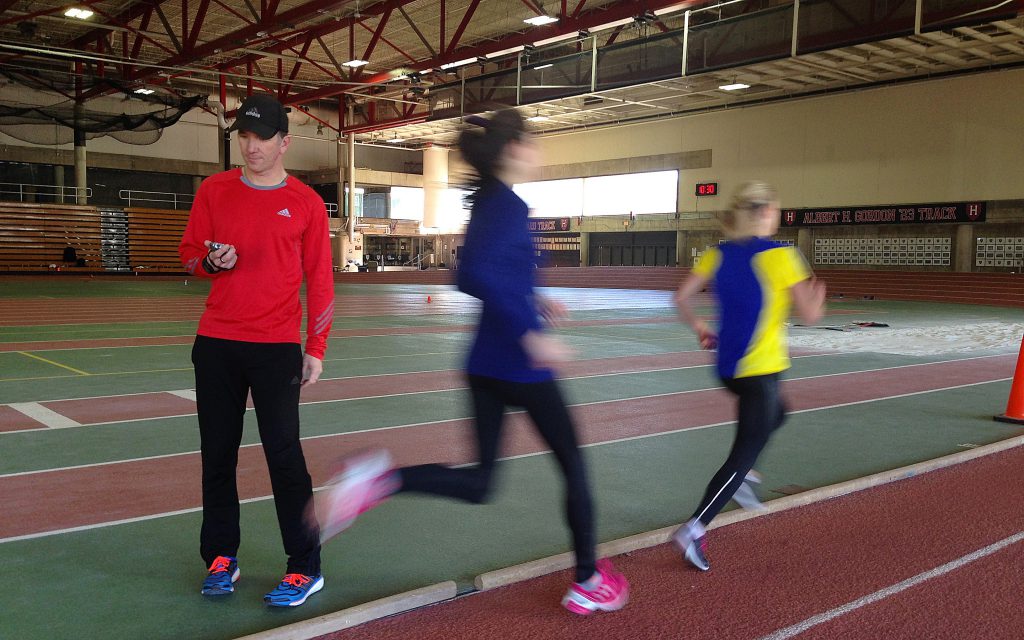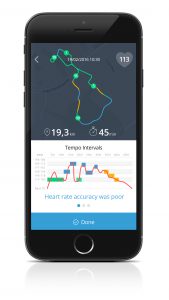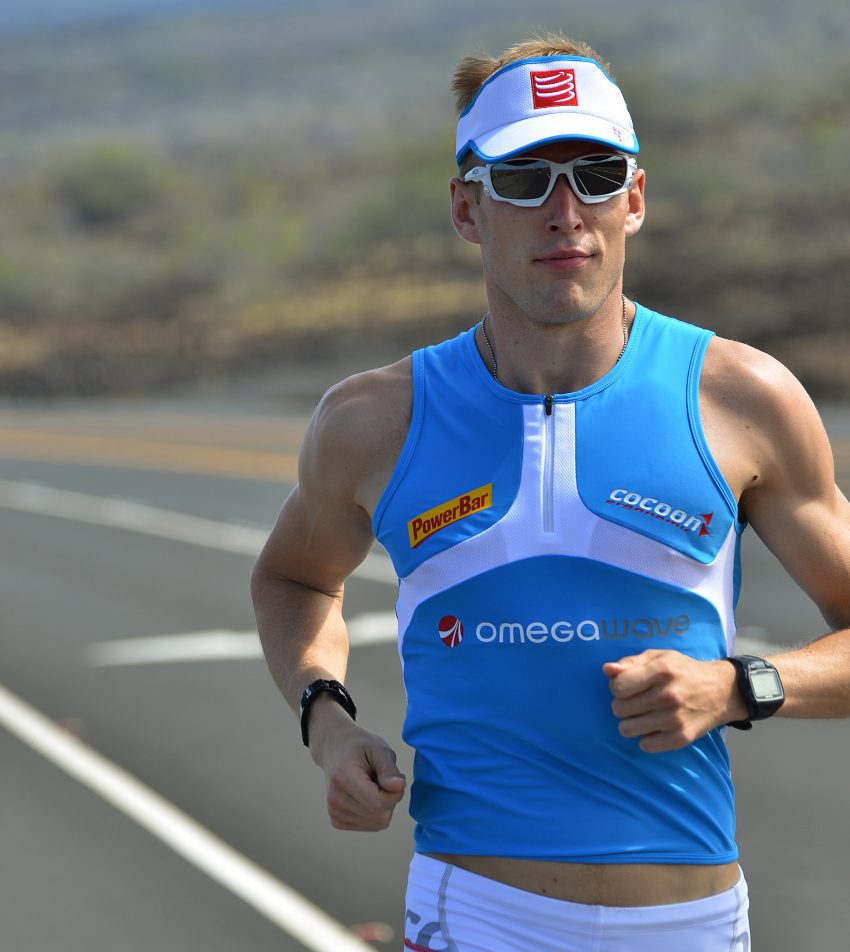The data is fantastic, but what do I do next? That question—how to turn static information into dynamic action—regularly arose during trials of the earliest versions of Omegawave’s Individual application. Motivated to provide training solutions instead of isolated measurements, our research science team first responded by developing Omegawave’s innovative Windows of Trainability™ approach, offering athletes insight into which physical qualities to train based on the daily changes in their physiological Readiness. Continuing that mission to pair objective scientific data with individualized training guidance, Omegawave has now released its debut series of Adaptive Training Plans.
“With our pro products,” says Omegawave Co-founder Val Nasedkin, “there is a real live coach that takes the data from the people who’ve been tested. That coach then thinks about it and says you know what? Today we are going to do this. That’s the approach that has led to the great success of so many competitive athletes. So, we realized we needed to create a digital coach to take the place of that live coach who answers the question: okay, what should I do based on this data?”
And not just any digital coach. After well over a decade of working in cooperation with Olympic-level coaches around the globe, Omegawave had access to a pool of highly successful coaches who each displayed an advanced knowledge of monitoring technologies and current training methodologies. From that group, Omegawave selected its first pair of expert coaches to design periodized running plans: Terrence Mahon and Frank Evertsen.

Terrence Mahon in an indoor training session.
“My number one rule in training for a race is to have a plan,” says Mahon, a 3-time qualifier for the Olympic trials and currently Head Coach for the Boston Athletic Association’s High Performance Racing Team. “It is important when going into any new venture that you know where you are now and what you need to do to reach the goal. For the recreational runner going after their first race this means following a plan that is carefully designed to challenge them yet not overtrain them. Understanding what stress and recovery means in regard to training may determine whether you get to the finish line or not even make it to the starting line in the first place.”
“We integrated the best knowledge of Omegawave with the coaches’ best knowledge about how to create running programs,” Nasedkin adds. “Based on that combination, we then developed an easy-to-apply solution.”

That easy-to-apply solution takes the form of training plans that adjust to match the daily fluctuations in each individual’s cardiac, central nervous, and energy supply systems. Stressed or fatigued? The plan will modify the day’s programming to more suitable volumes and intensities, or even suggest recovery-based activities. Rested, ready and prepared to go all out? The Adaptive Training Plan will boost the target pace or total distance to push the athlete to go harder on the days their body is best prepared to benefit from more intense training.
“By using Omegawave, we are able to combine the training methodologies that are being used at the elite level with world class athletes and bring that to the general public,” says Evertsen, not only a former coach and physiologist with Norway’s Olympic team, but also a running expert who spent the early years of his career working with a who’s who of elite Kenyan runners. “Even if they are not an elite athlete, they can still train like one.”
To that end, Omegawave’s Adaptive Training Plans include options for 5K, 10K, and marathon. With alternatives that cross a range of experience levels, each program begins with a focus on building a sound aerobic base before moving on to higher intensity intervals and event-specific work. Throughout the course of the program, every workout is individualized to match the volume and intensity each runner is best prepared to handle that day.
“For the competitive runner that knows they can finish a race, the training must now turn to maximizing their running economy,” says Mahon. “For this athlete we must look at adding in a variety of different energy systems into the training to create a stress that the body can adapt to and improve upon. Being a competitive runner and being successful at it on any level is about managing the stress of training. If it is kept in check, then the athlete will see good improvements. If overdone, then the chance for injury or illness can greatly increase and performances can falter. The greater the challenge in a competitive event, the more it becomes a balancing act in regard to stress and recovery.”
Balancing stress and recovery is where access to objective data becomes critical. Highly motivated athletes often drive themselves to keep grinding when they are—in fact—only grinding themselves down. Further complicating matters, additional bouts of work, family, travel, and life stress bring on no associated muscle soreness but nonetheless compromise an athlete’s ability to reap the full benefit from hard training. By training hardest when a runner’s “Windows” are open to positively adapt to that training stress, that athlete is able to get the maximum results with a minimum biological cost.
 “A recent study of top college athletes compared an experimental group that used the Windows of Trainability approach with a control group that followed a standard periodized program,” says Nasedkin, referencing a study by the University of Kentucky that focused on players in the college’s football program. “At the end of the training season, what the research showed was that people who used our technology and our approach to training showed significantly higher improvements in a number of aspects—speed, power, endurance, and so on—compared to the control group. But the most important part is that they achieved this significant improvement with significantly less volume of training.”
“A recent study of top college athletes compared an experimental group that used the Windows of Trainability approach with a control group that followed a standard periodized program,” says Nasedkin, referencing a study by the University of Kentucky that focused on players in the college’s football program. “At the end of the training season, what the research showed was that people who used our technology and our approach to training showed significantly higher improvements in a number of aspects—speed, power, endurance, and so on—compared to the control group. But the most important part is that they achieved this significant improvement with significantly less volume of training.”
While the results of that study are certainly relevant to those balancing their training demands with a busy schedule of family, work, and extra-curricular activities, the implications are even more profound for those who want to appreciate the rich health benefits of running without incurring the negative costs.
“Running is a wonderful activity that can make you healthy and improve your overall quality of life,” Nasedkin says. “Or, it can make you injured or at risk for real health issues. We believe the negative impacts of running come from people paying too high of a biological cost—they are doing more than their body can positively adapt to.”

Regardless of their competitive level, for any athlete in training, there is always a need to answer that original question: What do I do next? For Omegawave—looking into the future—that next step involves broadening the scope of our Adaptive Plans and beginning to target other disciplines (such as triathlon and cycling) as well as a different range of personal training goals (from muscle gain to weight loss). When we do reach that point, the answer to the question what do I do next will remain the same as it is for those runners currently able to take advantage of our Adaptive Training Plans: it depends.
“The benefit of my Omegawave Adaptive Training Plan is that not only is there a sound program in place, but there is a great plan B,” Mahon adds. “By being able to use the Omegawave daily readings the training plan will adapt to you. We are no longer stuck with a rigid program that does not fit or adapt to the athlete response. Our program will have an answer each day to how you should train based on your goals and your training response. This is a feature that has never been available before on any other training program on the market. The ultimate training program must include individual variability, and now we have it with the Omegawave system.”
